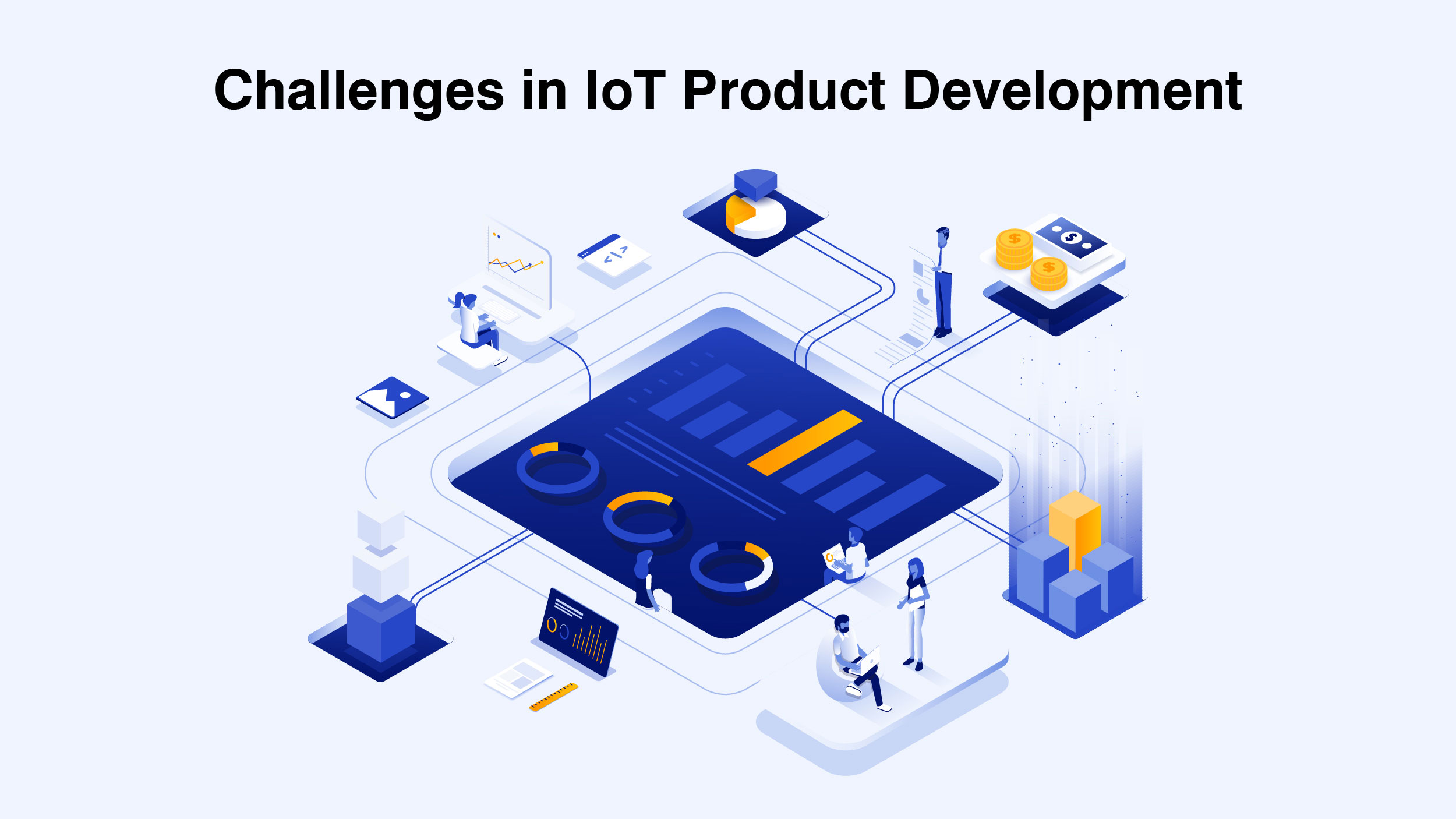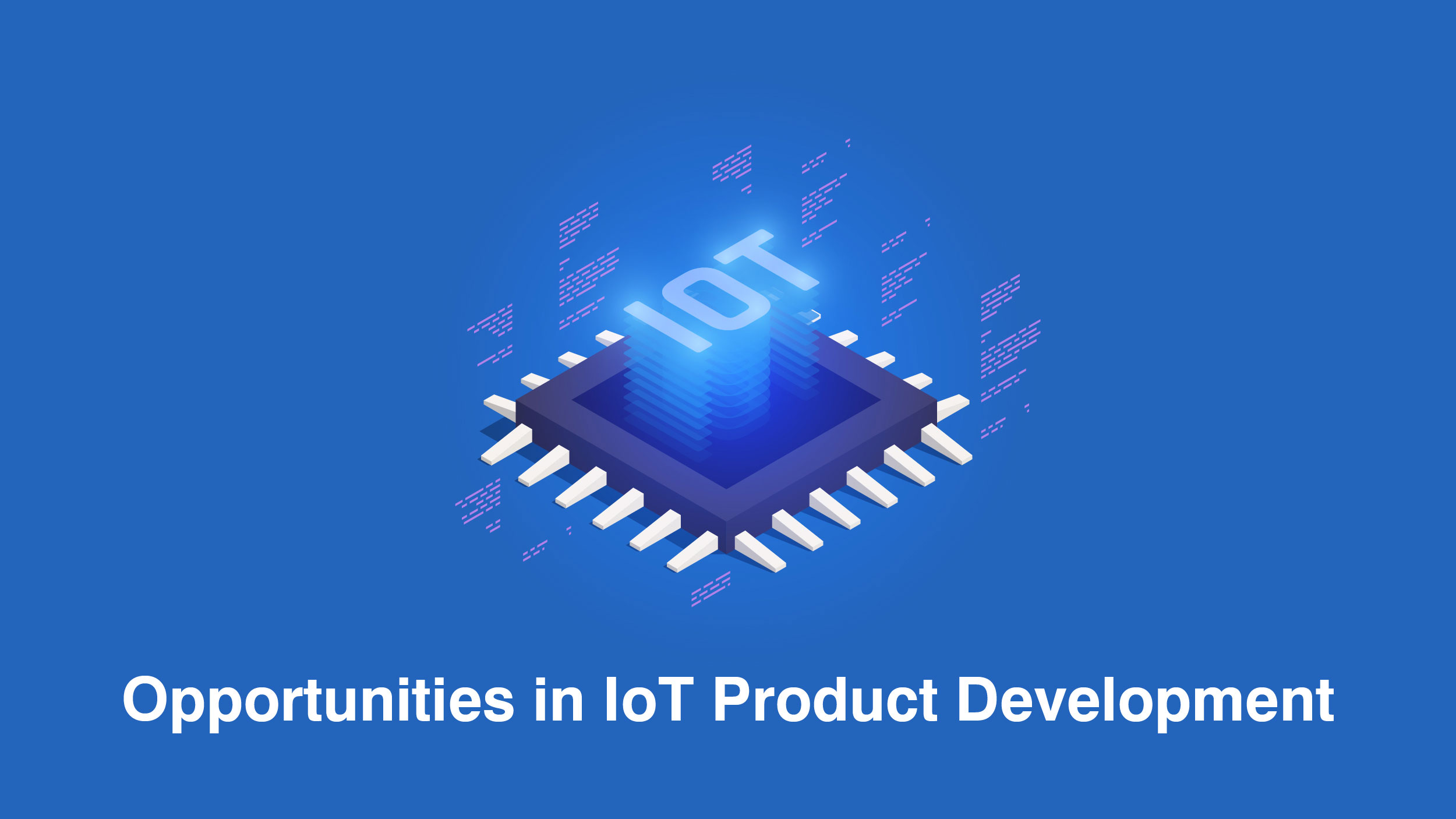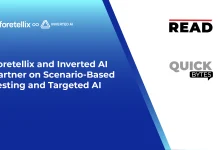Investing in the Internet of Things (IoT) is a significant undertaking, with a staggering 94% adoption rate in the United States. But what exactly does it entail and what challenges accompany this? The IoT industry is expected to exceed USD 621 billion by 2030. Businesses are embracing this technology trend due to its ability to boost revenue, cut costs, and automate processes, particularly in enterprise projects.
IoT has more advantages than drawbacks. However, it is crucial to recognize the challenges in IoT development. While it may be tempting to rely on an agency or tech partner for requirements, it is essential to be aware of obstacles to effective planning.
Let’s delve into the challenges faced by IoT product developments, shall we?
Challenges in IoT product development

The industrial sector, business processes, and software development have all undergone remarkable transformations as a result of the Internet of Things (IoT). Since it is particularly effective at delivering high-quality, scalable, secure, and user-friendly solutions that have a direct positive influence on business outcomes, IoT product development has been garnering a lot of attention in the industry recently.
IoT offers many benefits, but there are still some challenges that modern developers need to overcome while IoT product development. These challenges include the following,
- Security concerns: IoT technology is a collection of connected devices which makes it even more vulnerable to cyber threats or cyberattacks.
- Right operating environment: IoT devices are smaller in size and are less powerful so considering all technical factors choosing the right operating environment that is compatible with the IoT device’s functionalities is important.
- Choosing the right gateways: The whole IoT system depends on machine-to-machine communication. Loosely translated, this means that it is entirely connected to devices or sensors. A gateway is the connecting medium of these IoT devices. For example, Wi-Fi, Bluetooth, etc. choosing the right gateway is important for privacy, safety, and reliable communication between IoT devices.
Other common challenges in IoT product development include selecting the right IoT platform, cross-platform deployment, and customer-centric applications.
Also Read: A Beginner’s Guide to Smart Electricity Meters and Its Future
Opportunities in IoT Product Development

IoT has enormous possibilities which are promising and ensure to address real-world problems. The Internet of Things (IoT) market has substantially grown over the past few years as the use of connected devices and smart home and office gadgets is increasing. According to Statista, the worldwide IoT market revenue is predicted to grow by over one trillion dollars by 2030, making it one of the fastest-growing technologies.
IoT technologies and their applications across a range of industries are constantly evolving. This opens up a broad spectrum of opportunities in data processing, blockchain, predictive maintenance, and data analytics. By 2025, IoT is all set to offer a potential economic impact of $4-$7 trillion. This also means that enterprises need a consultative approach to rely upon before they venture into IoT product development.
IoT networks are now being called the value-add to the center of excellence of almost all enterprises. Apart from technology companies, IoT is gaining traction across the FMCG, healthcare, manufacturing, commercial businesses, and the automobile industry. Some of the potential opportunities in IoT product design and development are mentioned below:
● Blockchain
Blockchain is now the most trustworthy security approach. A community of people can store and exchange data and information using blockchain technology. Blockchain enables a distributed ledger that facilitates scalability and security. Blockchain, a decentralized DLT, is used in the Internet of Things to encrypt data transfers between devices, protecting data from cyberattacks.
Additionally, blockchain supports smart contracts, which reduces tedious paperwork and aids in understanding corporate agreements, terms, and conditions. No third parties are required to supervise the contract as smart contracts only function if the specified requirements are met.
Blockchain sets the stage for cryptocurrencies such as Bitcoin and Monero, which are end-to-end, decentralized online monetization systems.
● Data processing
IoT devices typically have a limited processing capacity due to their battery-powered operation. Processing data becomes challenging as a result. Data processing can be made efficient and economical with the use of edge computing. Edge computing allows for data processing between devices and only sends the final product to the cloud, not the original data, hence it uses less bandwidth for data transmission. Edge computing, when combined with ML engines, makes it possible to build machines that can understand, detect, and learn things without the use of complex programming, dispensing with the need for earlier techniques that required machines to be constantly adjusted based on the requirements and quality of the product.
In order to reduce latency, edge computing assists in processing and storing data closer to the machines. Without any delays in data transfer, machine status monitoring, and data analysis can be done in seconds.
● Data analysis
IoT platforms evaluate the enormous amounts of data that IoT devices generate. With the aid of AI/ML, these data may be utilized to improve processes, automate them, engage customers, and reduce employee workload. In other words, raw data may be processed, interpreted, and structured utilizing data analysis to produce valuable insights and a solution.
E-commerce uses AI/ML extensively to read user behavior and personalize the data based on past actions. This approach has been highly helpful in sustaining consumer loyalty while achieving market growth.
Your firm may reach new heights with automated data analysis. Boeing, Amazon, Cardo Systems, and other major players in the global market already track and monitor their operations using this technology. Only 33% of businesses who adopted IoT, according to the Microsoft analysis, acknowledged having enough engineers to satisfy their demands.
IoT has the potential to offer a number of potential opportunities in the future. In order to significantly expand the business while still ensuring customer satisfaction, industries will employ agile techniques and AI/ML to automate business operations.
Winding Up
The IoT product development market is a landscape filled with both challenges and opportunities. As businesses strive to harness the potential of IoT, they must navigate hurdles such as ensuring robust security measures, addressing interoperability issues, and scaling their solutions effectively. However, with these challenges come immense opportunities for innovation, disruption, and growth. By staying ahead of emerging trends, adopting innovative strategies, and embracing best practices, companies can position themselves for success in this rapidly evolving market. The future of IoT product development holds great promise, and those who can overcome challenges and seize opportunities stand to make lasting impacts in various industries and transform the way we live and work.




